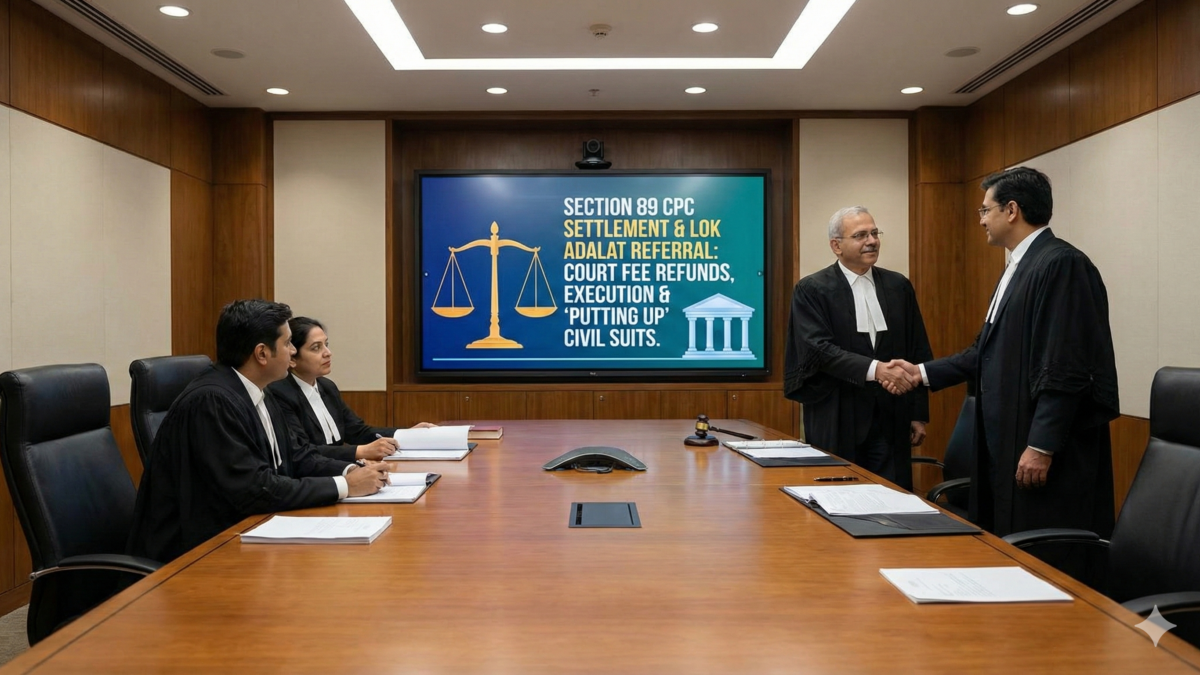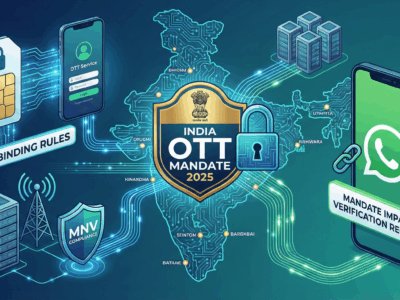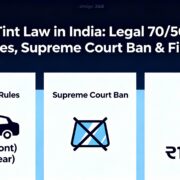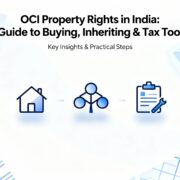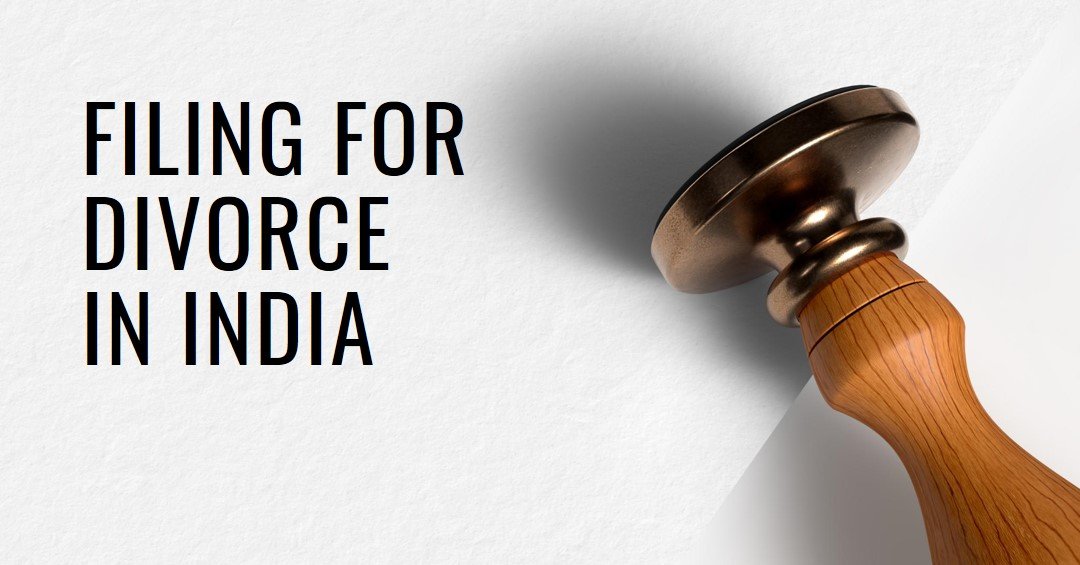
Introduction:
Divorce is a complex and emotionally challenging legal process that involves the dissolution of a marriage. In India, where family bonds are deeply ingrained, the legal framework for divorce is designed to protect the rights of individuals while providing a fair resolution to marital disputes.
This essay will explore the legal process of filing for divorce cases in India, highlighting the key steps and considerations involved.
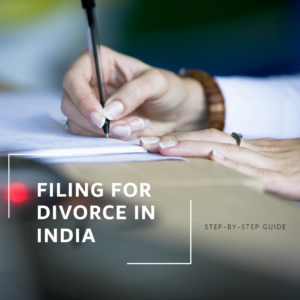
Grounds for Divorce:
The Hindu Marriage Act, 1955:
- Adultery: One spouse engaging in a sexual relationship outside of marriage.
- Cruelty: Physical or mental cruelty that makes it impossible for spouses to live together.
- Desertion: One spouse abandoning the other without reasonable cause for at least two years.
- Conversion: One spouse converting to another religion.
The Special Marriage Act, 1954:
- Adultery, cruelty, desertion, and conversion are also valid grounds under this act.
Dissolution of Muslim Marriages Act, 1939:
- Talaq: The husband can divorce his wife by pronouncing talaq, either verbally or in writing.
- Judicial Divorce: A woman can seek divorce through the intervention of a court on specified grounds.
Initiating the Divorce Process:
Consultation with a Lawyer:
- Seek legal advice to understand the specific grounds applicable to your situation.
- Discuss potential outcomes, rights, and responsibilities with the lawyer.
Filing a Petition:
- Draft a divorce petition stating the grounds for seeking divorce.
- File the petition in the appropriate family court jurisdiction where the parties last resided together.
Legal Procedures and Documentation:
Jurisdiction:
- The family court in the jurisdiction where the couple last cohabited has the authority to hear the case.
- If the marriage was solemnized outside India, the jurisdiction depends on where the couple last resided together.
Mediation and Counselling:
- Courts may refer the couple to counselling or mediation to explore the possibility of reconciliation.
- If reconciliation fails, the legal process continues.
Service of Notice:
- The respondent must be served a notice of the divorce petition.
- The respondent has the right to contest the divorce and present their side of the case.
Contested and Mutual Divorce:
Contested Divorce:
- If the respondent contests the divorce, the court will conduct hearings and evaluate evidence.
- Witnesses may be called to testify, and the court will decide on the validity of the grounds.
Mutual Divorce:
- Both parties agree to end the marriage and file a joint petition.
- The court may grant divorce if it is satisfied that the consent is voluntary and the grounds are valid.
Alimony and Maintenance:
Alimony:
- The court may decide on the payment of alimony or maintenance based on factors like income, assets, and the needs of the parties.
- Alimony can be periodic, lump sum, or a one-time settlement.
Child Custody and Visitation:
Custody:
- The court considers the best interests of the child when determining custody.
- Joint or sole custody may be granted based on the circumstances.
Visitation Rights:
- Non-custodial parents are generally granted visitation rights.
- The court ensures a balance between the child’s welfare and the parent’s rights.
Decree of Divorce:
Final Judgment:
- Once the court is satisfied with the evidence and arguments, it pronounces a decree of divorce.
- The marriage is legally dissolved, and both parties are free to remarry.
Appeals:
- Either party can appeal the decision to a higher court within a specified time frame.
- The appellate court may uphold, modify, or overturn the lower court’s decision.
Conclusion:
Filing for divorce in India involves a meticulous legal process designed to balance the rights and interests of both parties.
Understanding the grounds for divorce, initiating the legal procedures, and navigating through issues of alimony, child custody, and visitation rights require careful consideration.
The legal system aims to provide a fair and just resolution to marital disputes while recognizing the emotional toll it takes on individuals.
As individuals embark on this legal journey, seeking professional legal advice and understanding the nuances of the process are crucial for a smoother transition from marriage to divorce.



